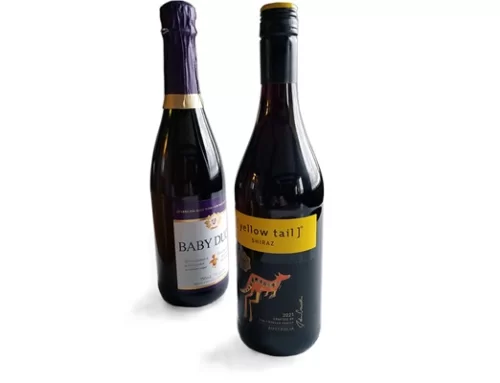A few months back Harvard Business Review (yes, but bear with me on this—HBR will seem like sissy stuff by the time we’re through all the references here) published an article that puts older marketing thinking in current context: “To Keep Your Customers, Keep It Simple”. [1]
Here’s the thesis, appropriately simplified: despite the logical idea that we all want as much choice as possible, and the current belief that all consumers are savvy, mobile-capable and constant information seekers and processors, what consumers really want is decision simplicity.
To understand how this could be, we need to look to the past. It can be argued that the modern brand (think Mad Men era) was designed to simplify the consumer’s purchase decision. Brands built consumer’s trust in quality and value so they didn’t need to think hard about buying their deodorant. In the 1970s & 1980s, when most of the power in the retail supply chain rested with the manufacturers, a very successful growth strategy was brand (or range) proliferation. More flavours, sizes, forms and other variations of your brand meant more retail facings, and therefore, more sales.
As a result, the average grocery store in North America now has more than 50,000 SKUs, more than five times the mid-70s level. Technology now has the balance of power in the retail supply chain somewhere between the retailer and the consumer. The retailer’s technology is in the form of real time inventory control. The consumer’s new technology is, of course, the Internet in general.
Consumer choice at the retail level is now absolutely bewildering, in every category. Have you walked by the family planning section in your favourite drug store lately? Not only do condoms come in multiple thicknesses, textures, lubrication treatments, colours and flavours—they now come in pigeon, regular and equine sizes. For a guy, there’s something very wrong in every one of those last three choices.
So what do consumers do when they are faced with complexity and too many degrees of freedom in a shopping decision? They delay their purchase or they don’t buy at all (one possible exception being my example above).
Research has proved it:
- In NA grocery stores, 30% of consumers bought jam when faced with 6 choices, whereas 3% bought when faced with 24. [2]
- Participation in a UK company retirement plan went from 9% to 34% when the default option for investment portfolio selection was changed to “select automatically”. [3]
- Reducing the number and complexity of options available on up-scale automobiles can increase sales by 5%-40%, while lowering costs. [4]
For those so inclined, the psychological underpinning of this is handled in detail by Barry Schwartz.[5]
Now layer on the Internet. An online store has no physical restriction on how many SKUs it can carry or how much product and sales information it can provide. Complexity for the consumer grows exponentially. This is why a marketer’s time and energy needs to focused on intimately understanding the purchase decision process and then developing marketing strategy based on giving the consumer the right information and ability to act at the right moment. In the digital realm it means website and social media design and navigation that also delivers decision simplicity.
The key points the HBR article makes are these:
- If you want to attract and keep customers, you must make your offering easy for the customer to choose.
- It’s the consumer’s decision process that matters, not the marketers.
- Trust is no longer about trust in the brand, it’s about trusting the information provided and/or gathered—an area where social media can be very important.
- Consumers have little interest in an online relationship (social and other digital media ) with a brand other than for getting discounts and transacting.
It was probably never right to think that your desire for freedom and choice in how you practice your religion, elect your government or pick your significant other extends to buying toothpaste. We marketers have often over-estimated the importance of what we do from the consumer’s perspective. And we’ve often underestimated the importance of enlightened marketing to our client’s business success.
Like so many things in life, simple is just better. But in the marketing world, simple seems to require real bravery. Let’s be brave.
- “To Keep Your Customers, Keep It Simple”, Spenner, Patrick & Freeman, Karen, Harvard Business Review, May, 2012.
- “When choice is demotivating: Can one desire too much of a good thing?”, Iyengar, Sheena S.; Lepper, Mark R., Journal of Personality and Social Psychology, Vol 79(6), Dec, 2000.
- “NUDGE – Improving Decisions About Health, Wealth, and Happiness”, Thaler, Richard H. & Sunstein, Cass R., Yale University Press, 2008.
- various client studies, Bain & Company, 2006.
- “The Tyranny of Choice”, Schwartz, Barry, Scientific American, Apr, 2004.





